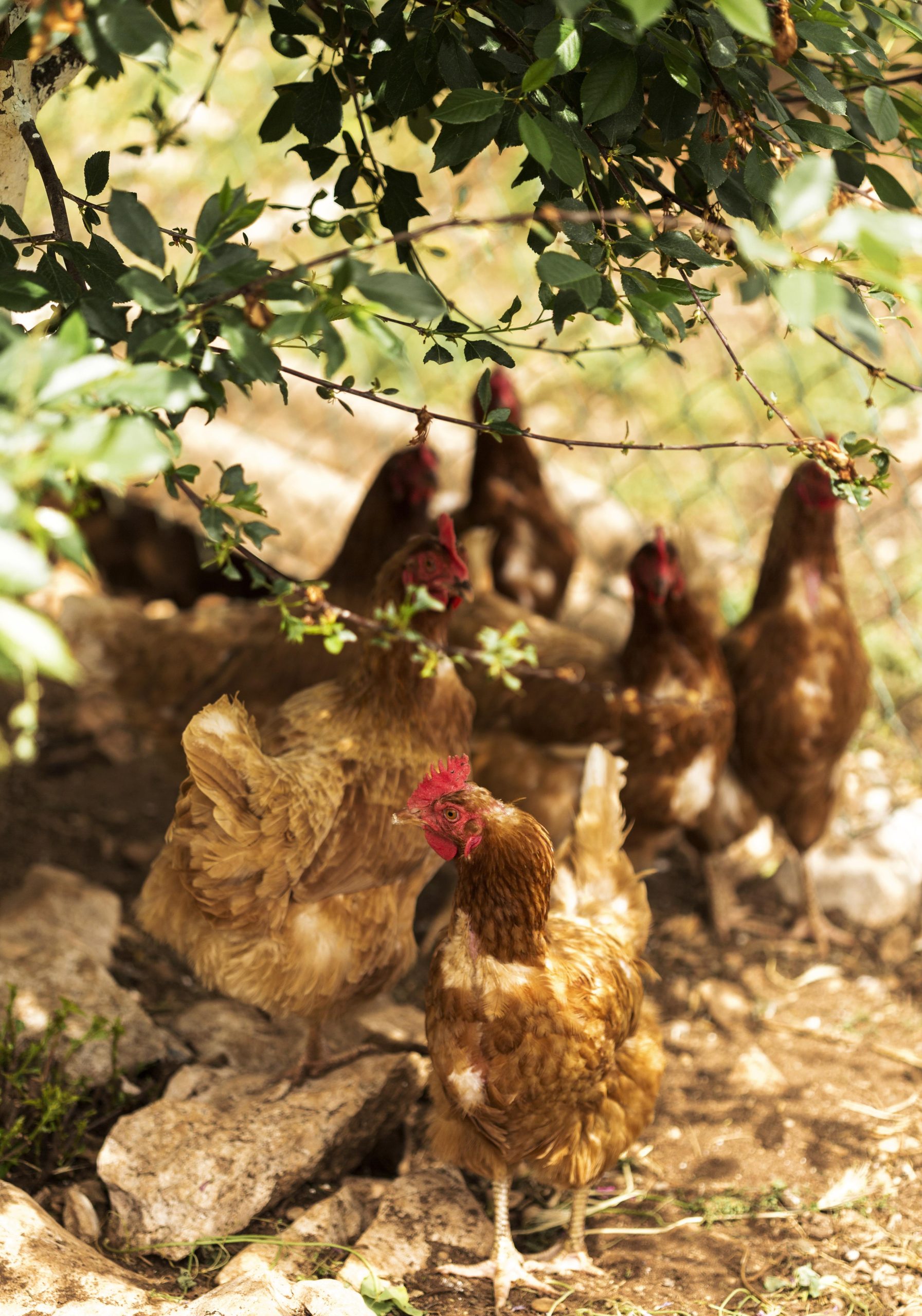Kamrupa, a dual-purpose indigenous poultry breed, is gaining popularity among rural farmers for its low maintenance, high profitability, and adaptability to free-range farming. With its remarkable disease resistance and ability to thrive in local climates, Kamrupa is proving to be a valuable asset for small-scale poultry farming and local vendors.
Poultry Farming and Rural Livelihoods
Poultry farming plays a crucial role in India’s agricultural sector, particularly in rural areas where it serves as a significant source of income. In states like Assam and neighboring regions, where poultry farming is integrated with crop cultivation, dual-purpose breeds such as Kamrupa offer immense market potential.
The Origin of Kamrupa
Developed in 2015 by Dr. Niranjan Kalita and his team at the AICRP on Poultry Breeding, Assam Agricultural University, Kamrupa is a three-way crossbreed. It combines the genetic traits of:
- Assam Local Ecotype (25%) – Provides disease resistance and adaptability to local climates.
- Coloured Broiler (25%) – Contributes to enhanced meat production and body weight.
- Dalhem Red (50%) – Improves egg production and overall resilience.
Key Features of Kamrupa
Kamrupa stands out for its robust body structure and excellent performance in both meat and egg production. Some notable characteristics include:
- Long Shank: Helps protect against predators, a common concern in backyard farming.
- Resemblance to Local Breeds: Its body color and plumage pattern enhance market appeal.
- Low Mortality Rate: Ensures better profitability for farmers.
- Scavenging Behavior: Reduces the cost of rearing, making it ideal for economically disadvantaged communities.
Disease Management in Kamrupa Poultry
To maintain a healthy flock, farmers should follow a structured disease management approach:
- Vaccination: Immunize birds against Ranikhet disease, Infectious Bursal Disease, and Fowl Pox as per recommended schedules.
- Antibiotic Treatment: Administer antibiotics and common drugs to combat bacterial and protozoal diseases.
- Deworming: Conduct deworming every 2 to 3 months to ensure optimal health.
Kamrupa: A Boon for Low-Income Farmers
Kamrupa thrives under both intensive and backyard farming systems, requiring minimal inputs and no specialized feed supplements. Its ability to sustain itself on farm by-products, kitchen waste, and naturally available resources like insects and worms significantly reduces feeding costs.
Market Potential of Kamrupa Poultry
Kamrupa chicken is highly marketable due to its resemblance to local breeds and superior taste. The economic potential of Kamrupa is reflected in its pricing:
- Meat Price: Ranges between Rs. 400-450 per kg, making it a lucrative option for farmers.
- Egg Price: Sold at Rs. 8-10 per egg, providing additional income opportunities.
With increasing demand for organic and indigenous poultry products, Kamrupa presents a sustainable solution for rural economies. By addressing challenges like predator protection, disease control, and market access, Kamrupa can become a cornerstone of profitable poultry farming in Assam and beyond.
Download Eggora Poultry App: https://www.eggora.com/download-app
